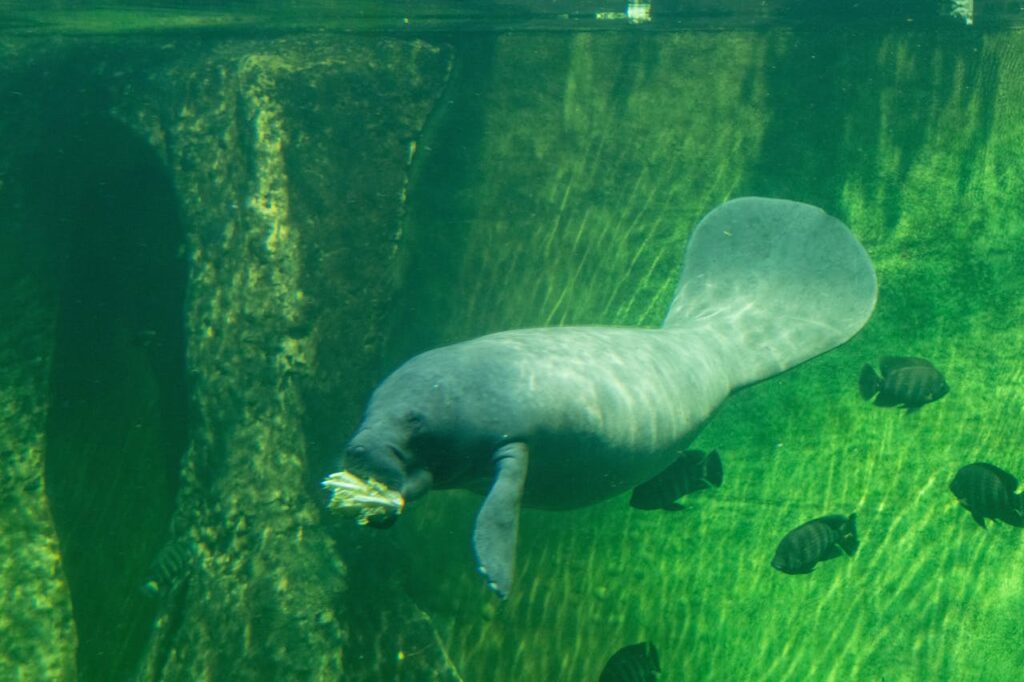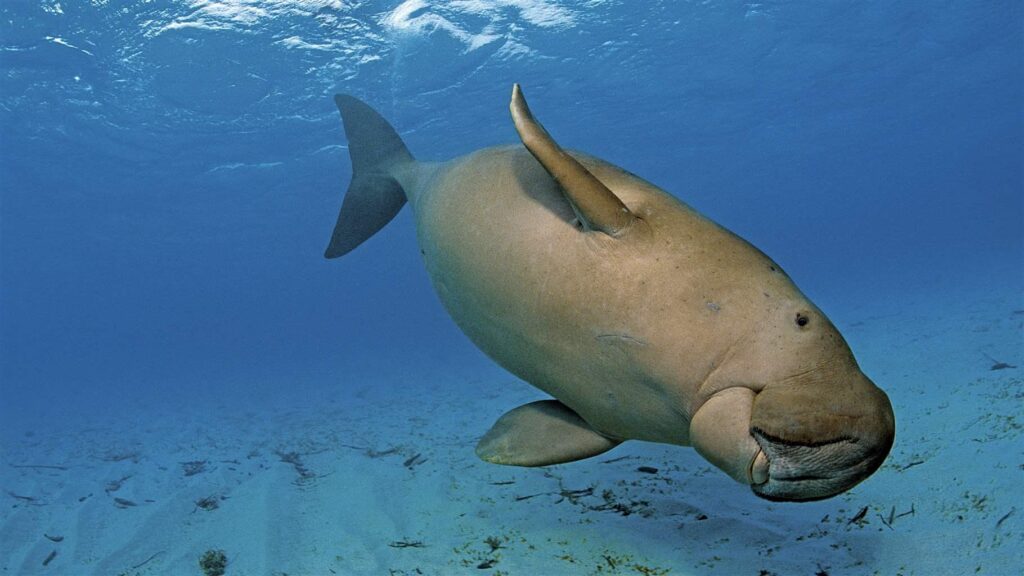At first glance, manatees and dugongs seem almost identical. Both are big, slow-moving “sea cows,” grazing on aquatic plants and living gentle lives in shallow waters. But look closer, and you’ll see a fascinating set of differences! If you’ve ever wondered how to tell these amazing animals apart, you’re in the right place. Explore the unique features, habitats, and behaviors that separate manatees from dugongs, and impress your friends with your newfound Sirenia smarts.
What Are Manatees and Dugongs?
Both manatees and dugongs belong to the order Sirenia, a group of aquatic mammals sometimes called “sea cows.” While they share a gentle nature and similar lifestyle, they are entirely different species. Manatees are spread across the Americas, West Africa, and the Amazon, while dugongs swim in the coastal waters of the Indo-Pacific. Learning their unique traits helps you appreciate the diversity of life beneath the waves.
Main Differences Between Manatee and Dugong
| Feature | Manatee | Dugong |
|---|---|---|
| Tail Shape | Rounded, paddle-shaped | Fluked (like a whale or dolphin) |
| Snout | Shorter, rounded, divided upper lip | Longer, trunk-like, downturned |
| Body Size | Up to 13 feet (4 m), 1,200 lbs (544 kg) | 7–11 feet (2–3.4 m), up to 925 lbs (420 kg) |
| Habitat | Americas, West Africa, Amazon Basin, both salt and fresh water | Indo-Pacific coastal waters, strictly marine |
| Feeding Style | Eat plants at/near the water surface | Graze seagrass on the seafloor |
| Social Life | More social, found in groups | Generally solitary or in pairs |
| Nostrils | Closer to snout tip | Set farther back, act as valves |
| Cervical Vertebrae | Six (unusual for mammals) | Seven (typical mammalian count) |
How Can You Tell Manatees and Dugongs Apart?
- Tail: Manatees have wide, flat, paddle-shaped tails, great for slow swimming. Dugongs have tails with flukes, much like whales or dolphins.
- Snout: A manatee’s snout is shorter and faces forward, while a dugong’s snout is longer, downturned, and muscular—perfect for grazing on the ocean floor.
- Size: Manatees are the gentle giants, larger than dugongs. Dugongs tend to be slimmer and smaller.
- Habitat: Manatees can live in fresh, brackish, or saltwater, while dugongs are strictly saltwater creatures.
- Feeding: Manatees feed on floating or surface vegetation. Dugongs “hoover” along the bottom, eating seagrass.
- Nostrils: Dugongs’ nostrils are farther back, acting as valves that close underwater and open at the surface.

Where Do Manatees and Dugongs Live?
- Manatees: Found in rivers, estuaries, and coastal areas from Florida to West Africa and the Amazon. They thrive in both fresh and saltwater and often seek out warm springs during cold seasons.
- Dugongs: Inhabit marine coastal waters, especially in the Indo-Pacific region (from East Africa to Australia). Dugongs need seagrass meadows to survive and are never found in fresh water.

Fun Facts: Manatee vs. Dugong
- Dugongs have a slow reproductive cycle. Females give birth every 3–5 years and usually not before age 10, while manatees can start as early as age 3 and reproduce more frequently.
- Manatees sometimes gather in “herds,” especially during winter. Dugongs are more solitary or prefer the company of one other dugong.
- Both species are called “sea cows” because of their slow grazing habits and preference for aquatic vegetation.
Conservation: Are Manatees or Dugongs Endangered?
Both manatees and dugongs are listed as Vulnerable. Their biggest threats include:
- Boat collisions
- Habitat loss (destruction of coastal areas and seagrass meadows)
- Pollution and entanglement in fishing gear
- Hunting (historically for oil and blubber)
Protecting these gentle giants helps keep aquatic ecosystems healthy. When you support conservation efforts or choose sustainable tourism, you play a part in their survival.
Common Questions About Manatees and Dugongs
Can manatees and dugongs live together?
No, they’re found in different parts of the world and prefer different habitats. You’ll never see them swimming side by side in nature.
What do manatees and dugongs eat?
Both are herbivores. Manatees eat a wide variety of aquatic plants, including seagrasses, water lettuce, and algae. Dugongs feed mainly on seagrass on the ocean floor.
Why do manatees and dugongs look so similar?
They share a common ancestor and have evolved similar features for their aquatic lifestyle. However, they split into separate species millions of years ago, and their differences tell the story of their unique evolution and habitats.
Are either of them dangerous?
No. Manatees and dugongs are gentle, peaceful animals. They pose no threat to humans and are sometimes called “gentle giants” for their docile nature.
The Bottom Line
Manatees and dugongs share a lot in common, but their differences make each species special. From tail shapes to snout sizes, and from solitary dugongs to social manatees, every detail reveals something amazing about their underwater world. Next time you see a sea cow, you’ll know exactly which kind you’re looking at!

